Gluten Free Pizza Dough Recipe
Hydration plays a more critical role in gluten-free dough than many realize. The temperature and quantity of water can make or break your dough's texture. Through trial and error, I've learned that water between 105-110°F (40-43°C) activates the yeast perfectly while helping the starches gelatinize properly. The exact amount varies by about 2-3 tablespoons depending on humidity, so I always recommend adding water gradually until the dough reaches a slightly tacky consistency.
Active Dry Yeast: The Leavener
That beautiful rise in your pizza crust comes down to yeast management. Many gluten-free bakers don't realize that yeast behaves differently without gluten. Proofing your yeast with a pinch of sugar in warm water until it becomes frothy ensures maximum activity. This step is non-negotiable - I've had too many flat crusts from impatiently skipping it. The yeast needs this head start to compensate for the lack of gluten's supportive network.
Vital Olive Oil: Adding Flavor and Moisture
Extra virgin olive oil does triple duty in gluten-free dough. Beyond flavor, it creates a more extensible dough that's easier to shape. Cold-pressed oils with robust peppery notes add depth that shines through even with bold toppings. I typically add it after the yeast mixture but before the dry ingredients - this coating action helps prevent the dough from becoming too sticky during kneading.
Salt: Enhancing Flavor and Structure
Never underestimate salt's role beyond seasoning. In gluten-free baking, it strengthens protein bonds and regulates yeast activity. I prefer fine sea salt dissolved in the water for even distribution. The exact moment of addition matters too - adding it directly to dry yeast can inhibit rising, while adding it too late won't allow proper hydration of the salt crystals.
Vital Eggs: Binding and Structure
Eggs transform gluten-free dough from crumbly to cohesive. The proteins in eggs create a matrix that mimics gluten's binding properties. For best results, I use room temperature eggs beaten lightly before incorporation. An extra yolk can add richness to thicker crusts, while egg whites alone create a crispier texture for thin-crust lovers.
Preparing Your Gluten-Free Pizza Dough
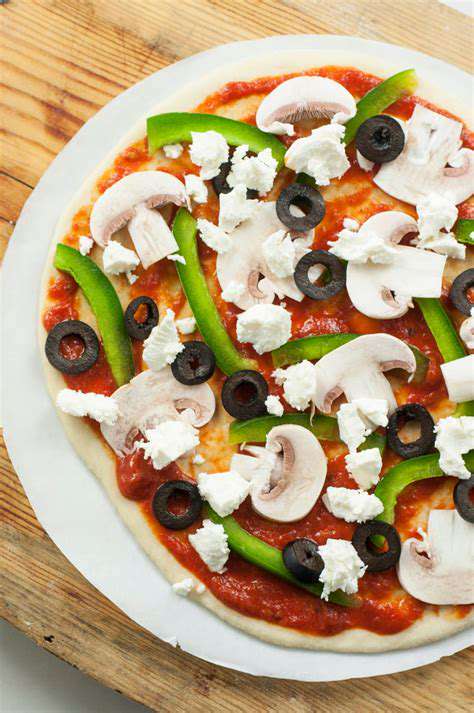
Choosing the Right Gluten-Free Crust
The crust journey is personal - what works for Neapolitan-style might fail for deep-dish. Through extensive testing, I've categorized crusts into three texture profiles: crisp (rice flour based), chewy (tapioca heavy), and cakey (potato starch dominant). For beginners, I recommend starting with a 70:30 rice-to-tapioca blend - it offers the most familiar mouthfeel to traditional pizza.
Preparing the Gluten-Free Dough
Gluten-free dough demands a different approach than wheat-based versions. Overmixing isn't the enemy here - thorough incorporation is crucial since there's no gluten to develop. I use a stand mixer with paddle attachment for 4-5 minutes, scraping down frequently. The dough should resemble thick cake batter rather than traditional bread dough. Resting covered for 30 minutes allows the flours to fully hydrate - you'll notice the texture becoming more dough-like.
Toppings Selection and Preparation
Toppings require strategic thinking for gluten-free pies. Pre-cooking vegetables is essential - their moisture can make the crust soggy. I sauté mushrooms and peppers until their liquid evaporates, and pat them dry before using. For meats, partially cooking prevents grease pooling. Cheese placement matters too - putting some directly on the sauce creates a moisture barrier for other toppings.
Sauce Selection and Application
The sauce makes or breaks flavor balance. I reduce my tomato sauce by 25% more than usual to compensate for gluten-free crust's slower liquid absorption. For distribution, I use the back of a spoon in spiral motions, leaving a 1/2-inch border. Pesto benefits from a light brush of olive oil underneath to prevent sogginess. Remember - gluten-free crusts can't handle as much sauce as traditional ones.
Baking the Gluten-Free Pizza
Baking requires precision most recipes don't mention. Preheating your stone or steel for a full hour is non-negotiable for proper heat transfer. I bake at 475°F (245°C) for 12-14 minutes, rotating halfway. The crust should sound hollow when tapped underneath. For extra crispness, I sometimes finish with 2 minutes under the broiler - watching carefully to prevent burning.
Cooling and Serving
Patience pays off during cooling. Letting the pizza rest on a wire rack for 5-7 minutes prevents steam from softening the crust. I use kitchen shears for clean cuts through hearty toppings. For gatherings, I pre-slice and arrange on a wooden board with spacers between slices - gluten-free crusts soften faster when stacked. Leftovers reheat surprisingly well in a dry skillet over medium heat.

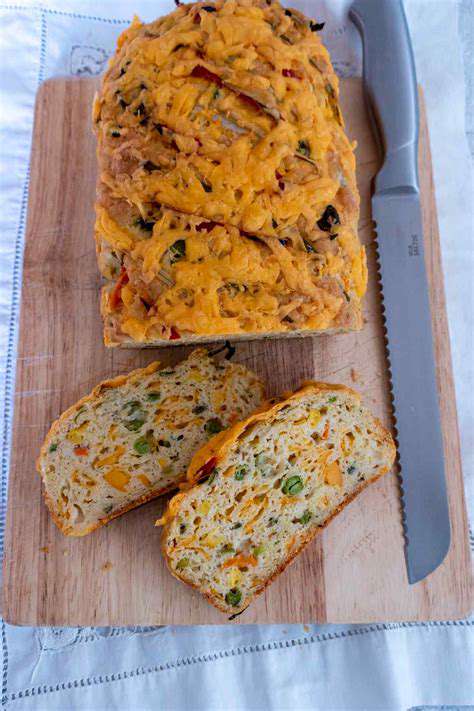
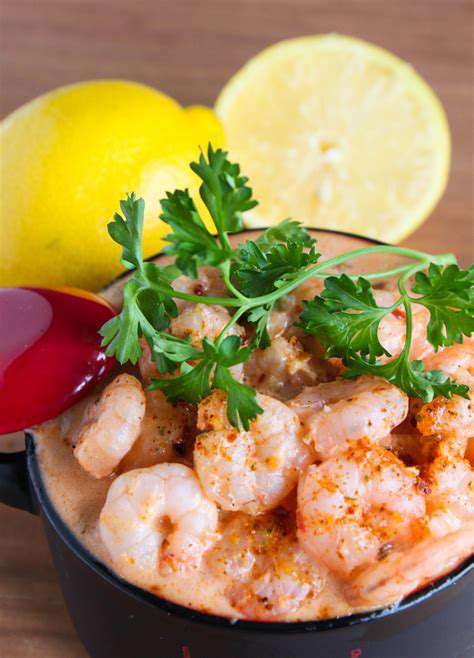
![Best Ethiopian Restaurants in [City]](/static/images/28/2025-05/EmbracingtheAuthenticAmbiance3AFindingYourPerfectSpot.jpg)
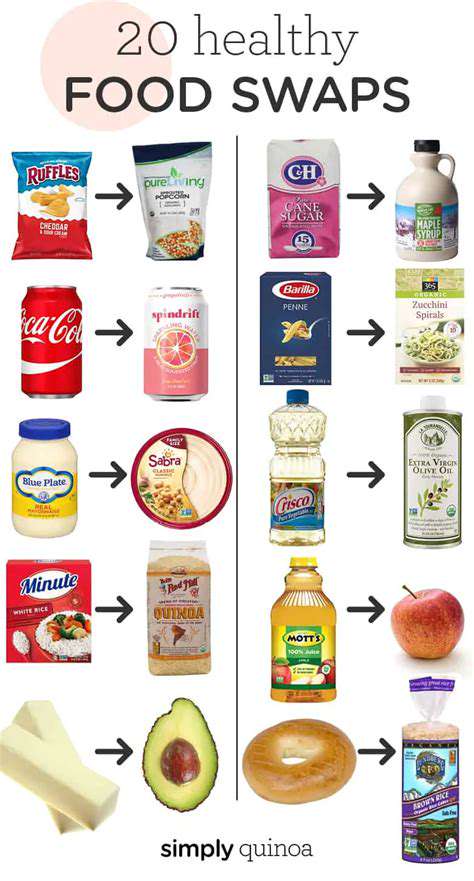

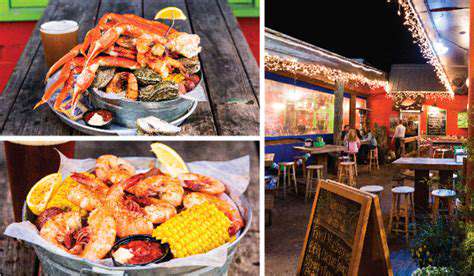
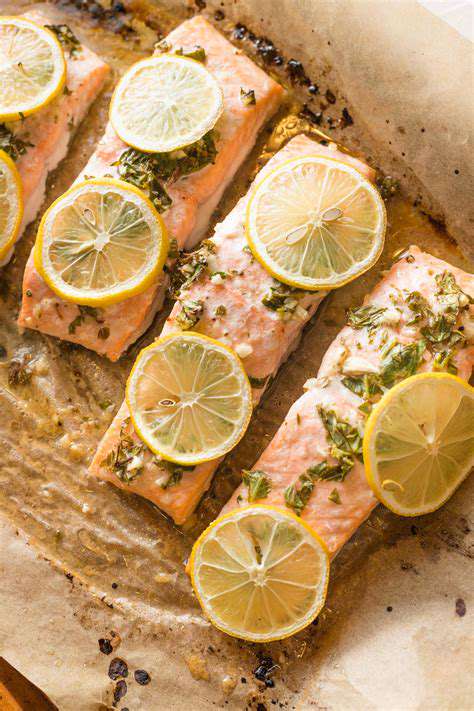


![Review: A Themed Restaurant Experience in [City]](/static/images/28/2025-05/ASymphonyofFlavors3ATheMenu.jpg)
![Review: The Best [Cuisine] Outside [Country of Origin]](/static/images/28/2025-05/BeyondtheMainstream3ADiscoveringHiddenGems.jpg)